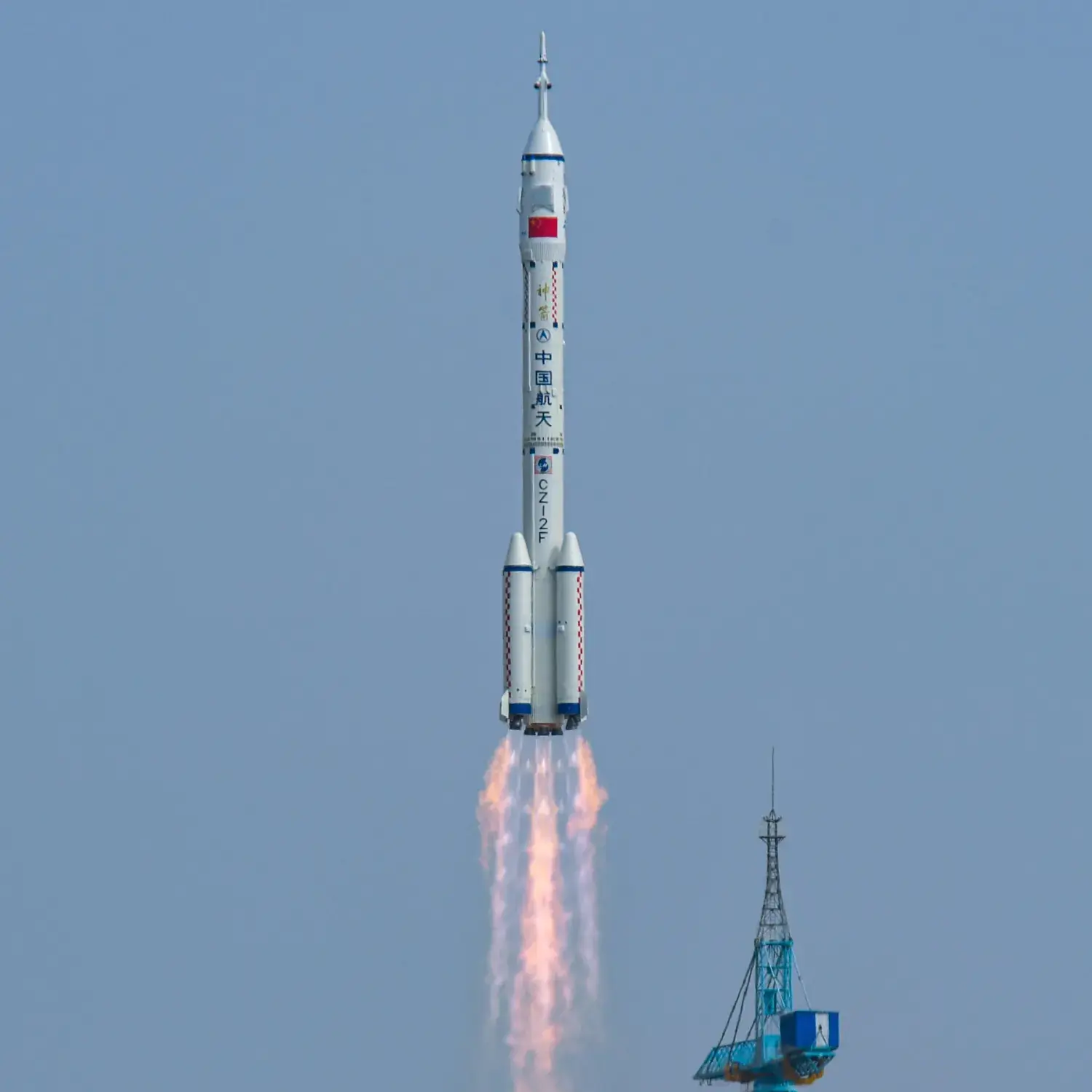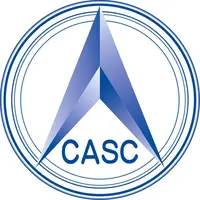/
Shenzhou 8
Launch Success
Liftoff Time (GMT)
21:58:10
Monday October 31, 2011
Mission Details
Read Article
Launch Notes
First launch of CZ-2F/G. China becomes the 4th country to be able to dock two ships automatically, after USSR, France (ESA), and Japan.
Shenzhou 8
Shenzhou 8 (Chinese: 神舟八号) was an uncrewed flight of China's Shenzhou program, launched on 31 October 2011 UTC. The Shenzhou 8 spacecraft was automatically docked with the Tiangong-1 space module (launched on 29 September 2011) on 3 November 2011 and again on 14 November 2011. This uncrewed docking – China's first – was followed in 2012 with the crewed Shenzhou 9 mission, which performed a crewed docking (also China's first) with the Tiangong-1 module. Only the Soviet Union (Russia), Japan, and the European Space Agency (ESA) had achieved automatic rendezvous and docking prior to China's accomplishment. Shenzhou 8 features an active APAS like docking module in place of the usual orbital module, and performed its docking operation automatically under ground control. Docking took place on 2 November 2011 at 17:28 UTC, during orbital darkness to avoid interference from the Sun's glare with sensitive navigation and rendezvous equipment. After 12 days being docked, Shenzhou 8 undocked and a second docking took place, this time in full sunlight. The separation, second rendezvous, and docking occurred on 14 November 2011 and was aimed to test accuracy and reliability of equipment and sensors in a bright environment. On 17 November 2011, the capsule was autonomously de-orbited. The mission also featured a biological sample supplied by Germany and the European Space Agency (ESA), which was cited as an example of "international cooperation in the field of manned space" by Zhang Jianqi, deputy chief commander of China's crewed space programme. According to Zhang Bainan, the chief designer of China's spacecraft systems, Shenzhou 8 was the last to see significant modifications from previous models. Future flights will use the same spacecraft design, which is intended for production of multiple units of the same design.
Low Earth Orbit
1 Payload
7,400 kilograms
Rocket


Agency
CASCRocket
Height: 58.34m
Payload to Orbit
LEO: 8,600 kg
GTO: 0 kg
Liftoff Thrust
5,985 Kilonewtons
Fairing
Diameter: 3.6m
Height: 19.11m
Stages
2
Strap-ons
4
Launch Site
Stats
Long March 2F
9th
Mission
2nd
Mission of 2011
2011
66th
Orbital launch attempt